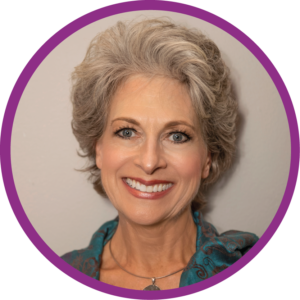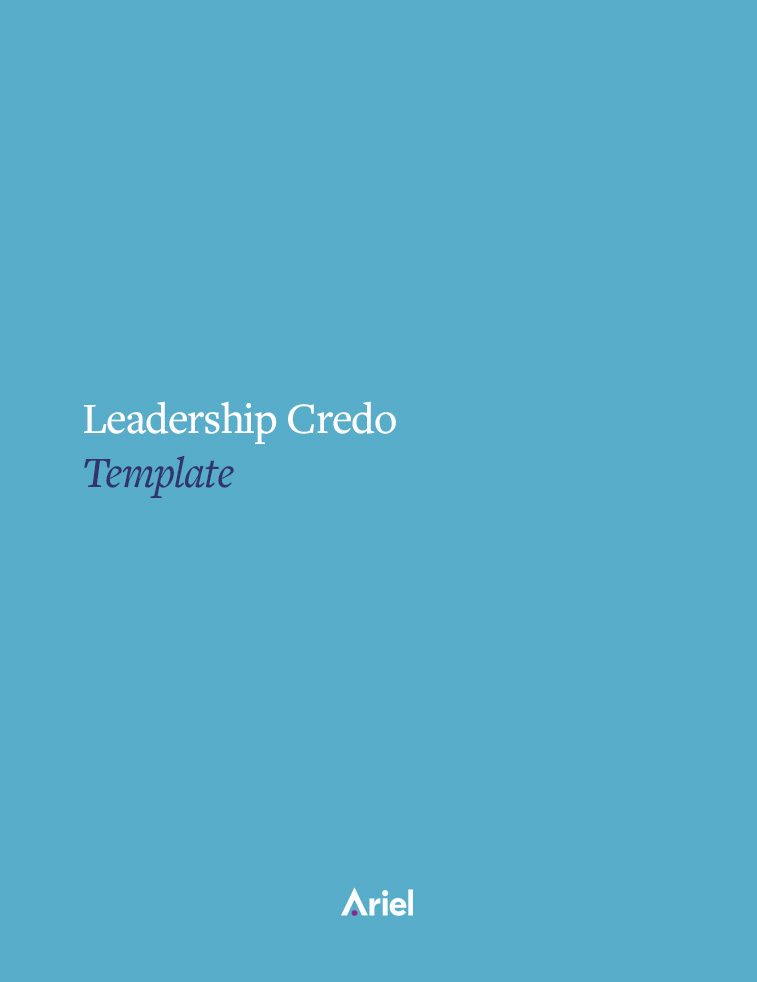Why Time Management Tools Fail: On Being Present

Do you feel like you have enough time? How present are you with yourself and others?
Using time management strategies like organizing your day by 15-minute blocks is somewhat effective, but it fails to reach the root of the problem people face all over the world right now, Linda Newlin explains. What is the real problem? (Not) being present.
Linda Newlin is an executive coach, founder of the Integrated Leadership Institute, and former HR leader. Drawing on over 30 years of experience working with global clients, Newlin’s book, “Harness Time and Free Your Mind” explores the intersection of neurobiology and personal development to help leaders become more present and use their time more effectively. “You can outrun that which runs after you, but you can’t outrun that which runs inside you.” This is a Rwandan Proverb that Newlin works with.
The Neuroscience of Time Management
Humans have upwards of 70,000 thoughts per day (some are conscious and most are unconscious). Every single one of those thoughts chews up time and costs you energy. Traditional time management tools fail to address this consumption of energy.
Newlin believes that the more effective time management technique is becoming more present.
Freeing your mind from things that have happened in the past and could happen in the future frees up your time. But, to free your mind and harness your time, you need to identify the factors that are holding you back and drop what is running inside you.
How Stress Eats Away at Your Time
Stress impacts your ability to be productive; it traps you in the cycle of past regrets and future “what-ifs”. Becoming more present allows you to break free of the thought patterns that are sucking your time and energy. But, to break free of those thoughts, you need to become aware of why you’re having them in the first place.
Here are a few techniques Newlin shares in her book and uses in coaching:
- Self-confrontation. Building awareness of what you actually spend time doing and the incongruity of what you say and what you do.
- Revealing the time thieves in your life. Do you smoke? Do you use Facebook or scroll LinkedIn? Make a record of how long you spend doing these activities in a day.
- Reflecting on past behaviors or trends that steal your time. What is the “emotional baggage” that you’re carrying around? What can you let go of that causes you stress and internal churn?
Practices for ‘Becoming Present’
One of the practices Newlin has implemented in her coaching for leaders looking to use their time more efficiently is to have them write out every single thing they do in a period of 24 hours.
One such leader, when forced to confront how he uses his time, quit smoking immediately. He gained 2.5 hours daily and became more present in his organization and family by eliminating the smoking breaks. He realized how much quality time he missed with his family when he stopped leaving the dinner table to smoke outside while the family was catching up with each other. He was also promoted twice in the subsequent years.
What’s next? The second step after becoming present is deciding where to invest your energy after freeing up your time. Professionally, this could mean spearheading a new initiative or devoting time to professional development. Personally, this could mean picking up a new hobby or taking care of your precious body suit to sustain well-being..
Gaining Wholeness: Linda Newlin’s Executive Coaching Philosophy
Newlin’s coaching practice is a holistic one. She wants to help leaders become better leaders of their organizations, but also to lead their lives better–to become better partners, parents, and human beings.
Executive coaching is oriented around asking provocative questions, but Newlin’s coaching specifically works towards the theme of gaining wholeness. Helping leaders become authentic, present, and fully embodied. She encourages leaders to ask for feedback, personally and professionally. She advises starting with these questions:
- What do you view as my strengths?
- What do you appreciate about how I work with you?
- What shifts could I make to be even more effective working with you now and in the future?
Sometimes, the feedback is as simple as “you could be more effective by putting your phone away when we meet”. Newlin points out that this is an incredibly important part of being present. When we leave our devices completely out of sight when interacting with others, we create the perception of having spent up to 3x more time with that person.
About Linda Newlin

Over her 30+ year career, Linda Newlin has helped thousands of leaders and their teams become more present and authentic. She works globally and has written over 10 books that inspire integrated leading and living for all ages.
Her latest book, “Harness Time and Free Your Mind,” helps leaders become more effective by using time management tools that pair neuroscience with personal development. By embracing these concepts and tools, leaders can transform their executive presence, approach to time and, ultimately, their overall well-being.
